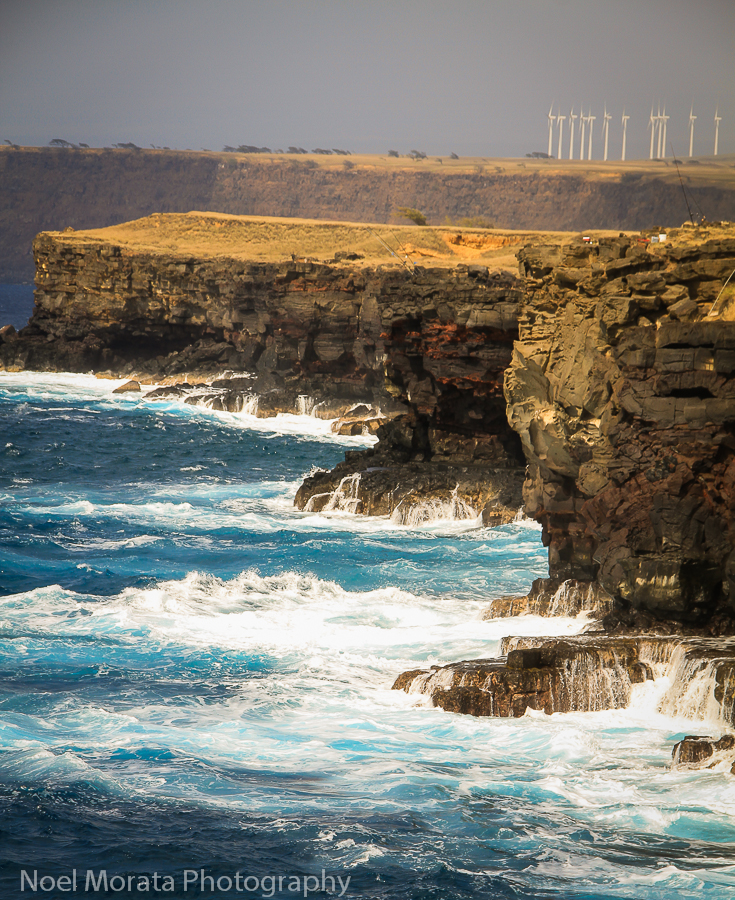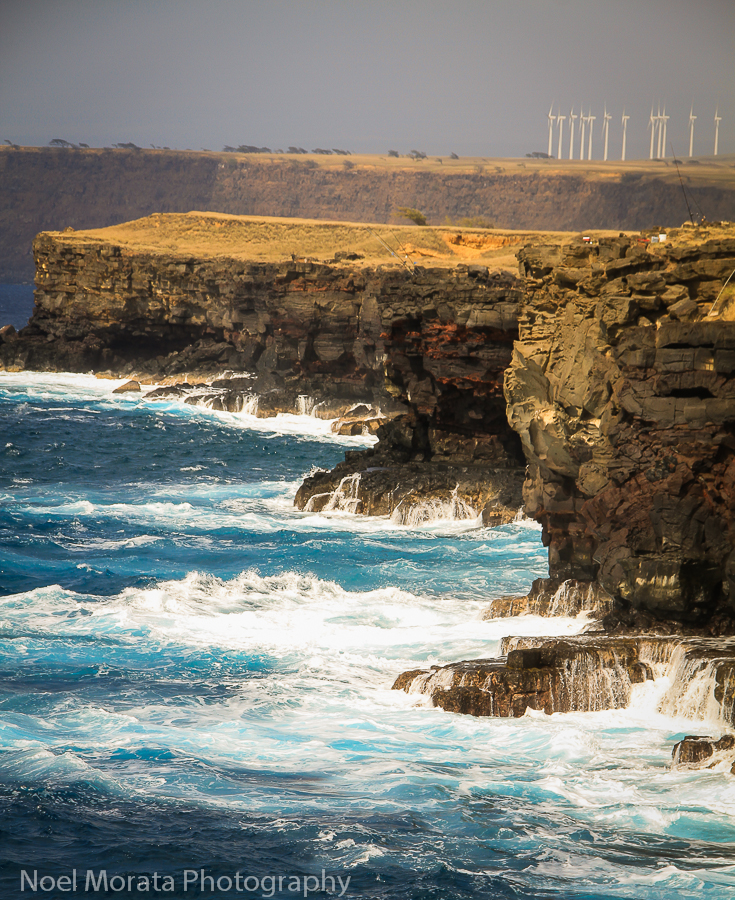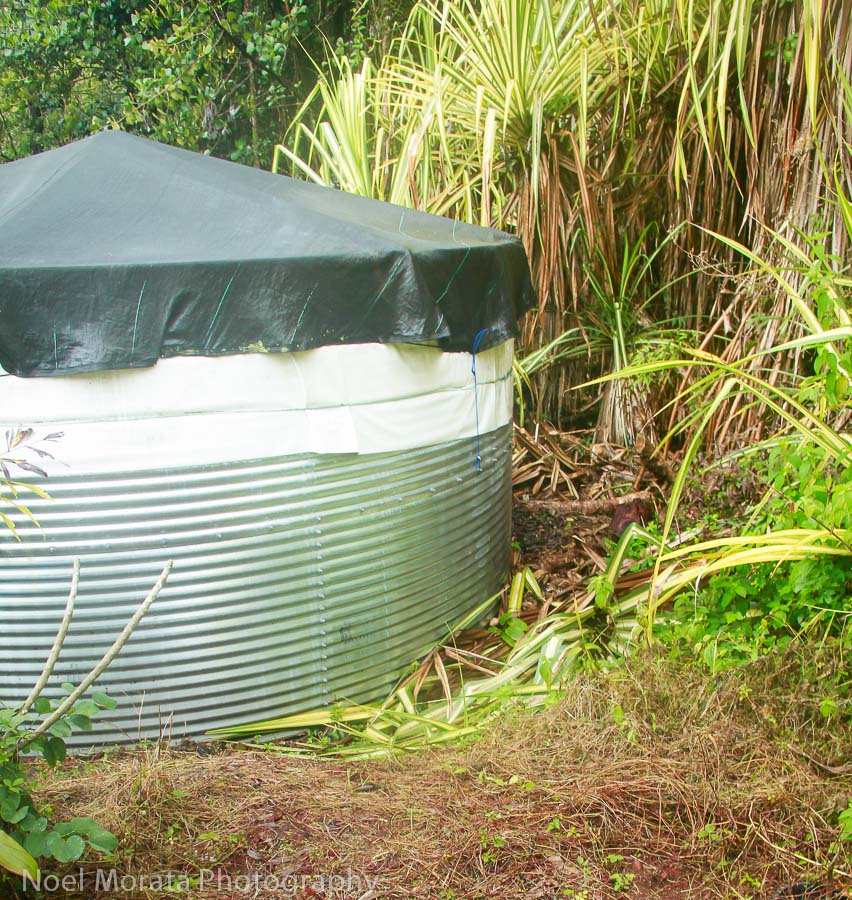7 eco friendly things you don’t know about Hawaii Island
For a state that unfortunately imports more than 80 percent of its goods and produce to feed its people, it’s surprising that this statistic hasn’t changed much in a while even though the state and local government is trying to make improvements to living more efficiently and self sustainability in Hawaii. In spite of those obstacles, there is a lot of innovation, conservation and environmentally friendly programs and activities to help keep and sustain the islands needs. Check out these 7 eco friendly and zero waste things you don’t know about Hawaii island and what makes this a forward thinking island.
You might want to even consider a Hawaii work exchange scenario and keeping the eco friendly vibe and experience to go along with your travel experience to the islands.
What’s eco and environmentally friendly on the island?
With such a large landmass, the Big Island can fit in all the other islands just into its massive size. With limited resources of electric, water and waste, it is important for the island to be able to sustain itself even though a large part of materials, food and even gasoline has to be imported to maintain the economy on the island. But in spite of these challenges, the Big Island is paving the way to being more self sufficient in food production, generating energy, growing food in Hawaii and individuals being more self sufficient to their growing and living environments that they can control on their own.
Why Hawaii is environment minded and eco friendly
Here are seven environmentally friendly things that you might now know about Hawaii that the state and local island counties are trying to change to make positive inroads and become self sustainable:
1) Many areas around Hawaii Island are completely dependent on rain water
In order to get drinking water for personal use, catchment systems are important on the island. Typically rainwater is collected on the roof to large catchment systems and then filtered into the home for use. Not only is this free and dependable, each person is in responsible for their own needs and filtering requirements. There are also county spigots available for users that have small catchments or run out of water in dryer conditions.
2) There is no garbage pick up service around the island
Each person or family is responsible for their garbage and recycling. This works effectively with the many recycle and garbage centers around the island accessible to each person for free. Residents each have to bring their garbage to these recycle centers, they are also encouraged to divide their garbage into recycled areas or dumpsters for green waste, paper and cardboard products, glass, plastics and building materials. In some centers there are also drop off areas for personal effects and used items that can be resold back to the public.
3) Many islanders also have and maintain their own waste processing
Depending on the area being urban or more remote, most of the waste processing is the sole owner’s responsibility whether it is through a septic system or other system like cesspools (these are being phased out on the islands). Since the land in Hawaii is quite porous, creating a personal sewage system can be done inexpensively and is encouraged by the county planning department.
4) Island electricity and services are probably the highest cost per kilowatt in the United States
Electricity is expensive on the island and with the state of Hawaii along with local utility companies offering incentive programs or rebates for solar energy for solar water or panels, upgrading to energy efficient appliances and reducing consumption during peak hours. Many solar users tie into the electrical grid and by provide energy into the system for electric credits. Hawaii island and it’s neighbor islands are now a leading contributor to the utility grid both from personal households to corporate/government facilities with solar panels.
Newer home builds are required to have solar water panels installed for hot water heaters unless there is a waiver applied for various conditions in the building process and planning.
5) Energy wise, the island is also in the forefront of research and energy development into many sources of alternative energy.
Extended plans to expand production into geothermal energy, wave cycle energy, wind turbine energy and ethanol producing gas with green energy plant materials is putting the island on the vanguard of hitting its goals for sustainability. The county is also in the process of utilizing electric vehicles, buses and other efficient transportation vehicles into energy efficient means.
6) An energy mandate by the Hawaii clean energy initiative
The Hawaii clean energy initiative requires that 70 percent sourced from clean energy and energy efficiency throughout the state by 2030 (the highest in the US). Of that 40 percent will be generated by renewable energy and 30 percent coming from energy efficiency. Hawaii is leading aggressively the way to becoming more self-sustaining and creating new energy resources and industries. Conservation has been on the forefront of every citizen with support of each local island to cut daily use and consumption of gas, electricity and import products into the island. For those interested in learning more about Hawaii’s plan, visit their official website here.
7) Locals really grow their own food for personal consumption
From small neighborhood plots to little farms, there is a large agricultural presence and need to grow our own produce to save on costs and have wonderful fresh fruit and vegetables. In fact almost everyone here will at least have citrus plants, herbs and other tropical trees growing on their properties. Small scale farms, coops and farmers markets are very popular and well supported within the community. Even abundant fruits and vegetables grown in Hawaii are shared or traded casually with friends and neighbors.
More inside tips to an eco friendly lifestyle in Hawaii
Living an eco-friendly lifestyle in Hawaii goes beyond the obvious. Here are some insider tips to embrace sustainability in the Aloha State:
1. **Local and Seasonal Foods:** Support local farmers by choosing fresh, seasonal produce. Hawaii offers a variety of fruits, vegetables, and seafood. Opt for farmers’ markets and farm-to-table restaurants for the freshest options.
2. **Reusable Bags and Containers:** Hawaii has banned single-use plastic bags, so bring reusable shopping bags. Reduce waste by using reusable containers for takeout food and drinks.
3. **Water Conservation:** The islands often face water shortages. Conserve water by taking shorter showers, fixing leaks, and using a broom instead of a hose to clean driveways.
4. **Carpool or Use Public Transport:** Hawaii’s traffic can be congested, so consider carpooling or using public transportation. It reduces carbon emissions and eases congestion.
5. **Hiking and Outdoor Activities:** Hawaii’s natural beauty beckons you to explore. Stick to designated trails, respect wildlife, and avoid picking plants or disturbing delicate ecosystems.
6. **Volunteer Opportunities:** Many organizations in Hawaii focus on environmental conservation. Consider volunteering for beach cleanups, tree planting, or other eco-friendly initiatives.
7. **Reduce Energy Consumption:** Use energy-efficient appliances, turn off lights and electronics when not in use, and take advantage of natural ventilation instead of air conditioning.
8. **Support Sustainable Tourism:** Choose eco-friendly accommodations and tour operators that prioritize sustainability. Look for certifications like Green Key or Rainforest Alliance.
By incorporating these tips into your daily life, you can enjoy the beauty of Hawaii while helping to preserve it for future generations.
We want to hear from you
Did you think that all these eco friendly factors were all part of the Big Island and does that help you to visit? Please share on the comments below.
Conclusion to eco and environment friendly on Hawaii Island
With too much of a dependence on imported gasoline, materials and foods to the island, with the help of county and state efforts, individuals, groups and businesses are starting to make more headway in becoming more environmentally friendly and independent of mainland practices and lifestyle.
As you can see, despite the fact that many products and services are imported into the island, there is also a strong environmental and conservation effort in producing locally and efficiently using what we have available on the island. Not only is it imperative for users to conserve and use resources wisely, it also affects our pocket-book and higher prices we pay for imported materials and services.
If you enjoyed this article on 7 eco friendly things you don’t know about Hawaii Island, please do share it with any of the social media buttons below or at the sidebar.






I didn’t know any of this but it sounds very familiar because I’m an islander as well (although I no longer live there, in the Azores). A lot of the things are similar: importing most of the stuff at extremely high prices, expensive energy, growing your own food and the whole sewage system. Very interesting idea the garbage disposal one. I wonder how that would work in the Azores, when 40 years ago some people used to dump their trash in the ocean… I think the islanders, because we are so far away from the mainland, find a way to be resourceful and independent.
Growing your own food is fantastic. I’m not so sure I’d want to build my own septic system 🙂
That’s really impressive. It goes far beyond what my hometown of Austin does, and Austin tries to think of itself as a very green minded community.
Interesting…
What an interesting post Noel. It’s a shame other communities have not faced the isolation Hawaii does and therefore have not become more self sustaining.
Hi Jenny,
Your right, it only happens when you make it painful enough for the consumer to really start conserving and becoming more resourceful and in this case for the better.